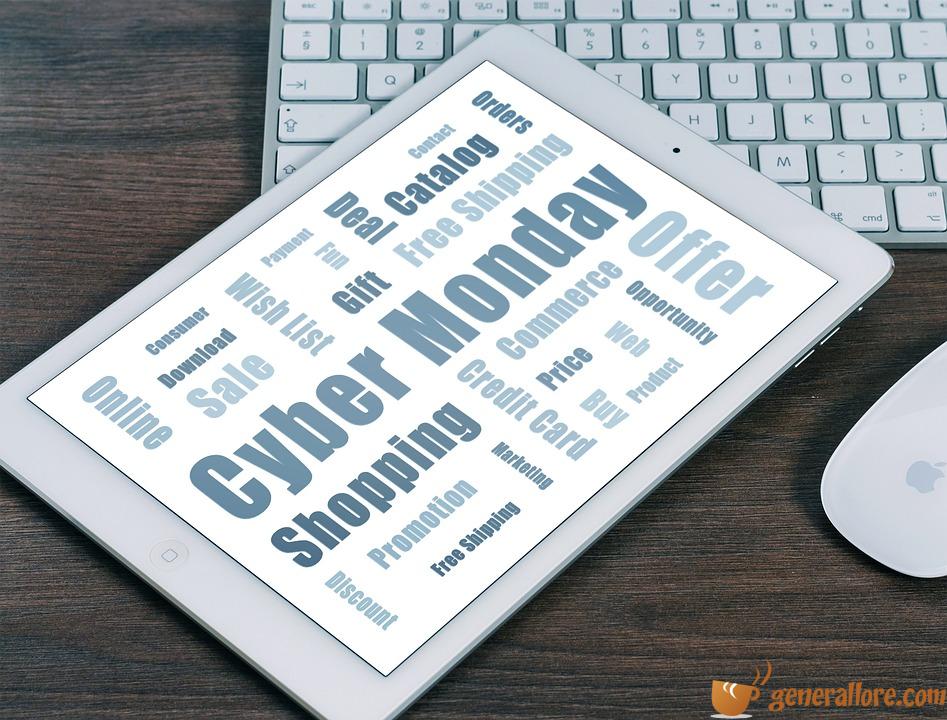10 Tips for Creating an Effective Ecommerce Sales Funnel
Introduction
In the world of ecommerce, having a well-designed sales funnel is key to converting visitors into customers. An ecommerce sales funnel is a series of steps that guide potential customers towards making a purchase. By optimizing your sales funnel, you can increase your conversions and ultimately grow your revenue. Here are 10 tips for creating an effective ecommerce sales funnel.
1. Understand Your Target Audience
Before you start building your ecommerce sales funnel, it’s important to understand who your target audience is. What are their pain points? What are their needs and desires? By knowing your audience inside and out, you can tailor your messaging and offers to better resonate with them.
2. Create a Compelling Landing Page
Your landing page is the first point of contact for potential customers, so it needs to make a great impression. Make sure your landing page is visually appealing, easy to navigate, and has a clear call-to-action that encourages visitors to take the next step.
3. Use High-Quality Images and Videos
Visual content is key in ecommerce, as it helps to showcase your products in the best possible light. Use high-quality images and videos to highlight the features and benefits of your products, and make sure they are optimized for fast loading speeds.
4. Offer Incentives to Encourage Purchases
Consider offering incentives such as discounts, free shipping, or free gifts to encourage visitors to make a purchase. These incentives can help to nudge hesitant shoppers towards completing their purchase.
5. Implement a Multi-Step Checkout Process
A multi-step checkout process can help to reduce cart abandonment rates by breaking down the purchase into smaller, more manageable steps. Make sure each step is clear and easy to follow to minimize confusion.
6. Use Retargeting Ads to Re-Engage Visitors
Not all visitors will make a purchase on their first visit to your site. Use retargeting ads to stay top of mind with visitors who have shown interest in your products but haven’t yet made a purchase.
7. Monitor and Analyze Your Sales Funnel Metrics
Monitoring and analyzing your sales funnel metrics is crucial for identifying areas of improvement. Pay attention to metrics such as conversion rates, bounce rates, and average order value to see where you can make optimizations.
8. Personalize Your Marketing Messages
Personalization is key in ecommerce marketing. Use data insights to tailor your marketing messages to individual customers, such as personalized recommendations or targeted promotions based on their browsing history.
9. Test and Optimize Your Sales Funnel Continuously
Testing and optimizing your sales funnel is an ongoing process. Experiment with different variations of your landing pages, checkout process, and marketing messages to see what resonates best with your audience.
10. Provide Excellent Customer Service
Excellent customer service can make a huge impact on customer satisfaction and loyalty. Make sure to provide prompt responses to customer inquiries, resolve any issues quickly, and go above and beyond to exceed customer expectations.
Conclusion
Creating an effective ecommerce sales funnel is a crucial aspect of running a successful online business. By following these 10 tips, you can optimize your sales funnel to drive higher conversions and grow your revenue. Remember to continually test, analyze, and optimize your funnel to ensure it is always performing at its best.
FAQs
1. How can I track the performance of my ecommerce sales funnel?
You can track the performance of your sales funnel by using tools like Google Analytics to monitor key metrics such as conversion rates and bounce rates.
2. How long should my ecommerce sales funnel be?
The length of your sales funnel will depend on your individual business and target audience. It’s important to strike a balance between providing enough information to guide customers through the purchase process without overwhelming them.
3. What is the best way to optimize my checkout process?
To optimize your checkout process, make sure it is user-friendly, streamlined, and secure. Consider offering guest checkout options, multiple payment methods, and clear shipping and return policies.
4. How can I reduce cart abandonment rates in my ecommerce sales funnel?
You can reduce cart abandonment rates by optimizing your checkout process, offering incentives to complete the purchase, and using retargeting ads to re-engage visitors who have abandoned their carts.
5. How important is personalized marketing in an ecommerce sales funnel?
Personalized marketing is crucial in an ecommerce sales funnel as it helps to create a more personalized and engaging experience for customers, leading to higher conversions and customer satisfaction.
6. What are some common mistakes to avoid when creating an ecommerce sales funnel?
Some common mistakes to avoid when creating an ecommerce sales funnel include having a complicated checkout process, neglecting mobile optimization, and not providing enough product information.
7. How can I improve the user experience in my ecommerce sales funnel?
To improve the user experience in your sales funnel, make sure your website is easy to navigate, your product pages are informative, and your checkout process is streamlined and hassle-free.
8. What role does social proof play in an ecommerce sales funnel?
Social proof, such as customer reviews and testimonials, can help to build trust with potential customers and encourage them to make a purchase. Displaying social proof prominently on your website can influence purchasing decisions.
9. How can I increase the average order value in my ecommerce sales funnel?
You can increase the average order value in your sales funnel by offering upsells and cross-sells, creating bundles or packages, and setting minimum order thresholds for free shipping or discounts.
10. What is the best way to drive traffic to my ecommerce sales funnel?
To drive traffic to your sales funnel, you can use a combination of strategies such as search engine optimization, social media marketing, email marketing, and paid advertising to attract potential customers to your website.




